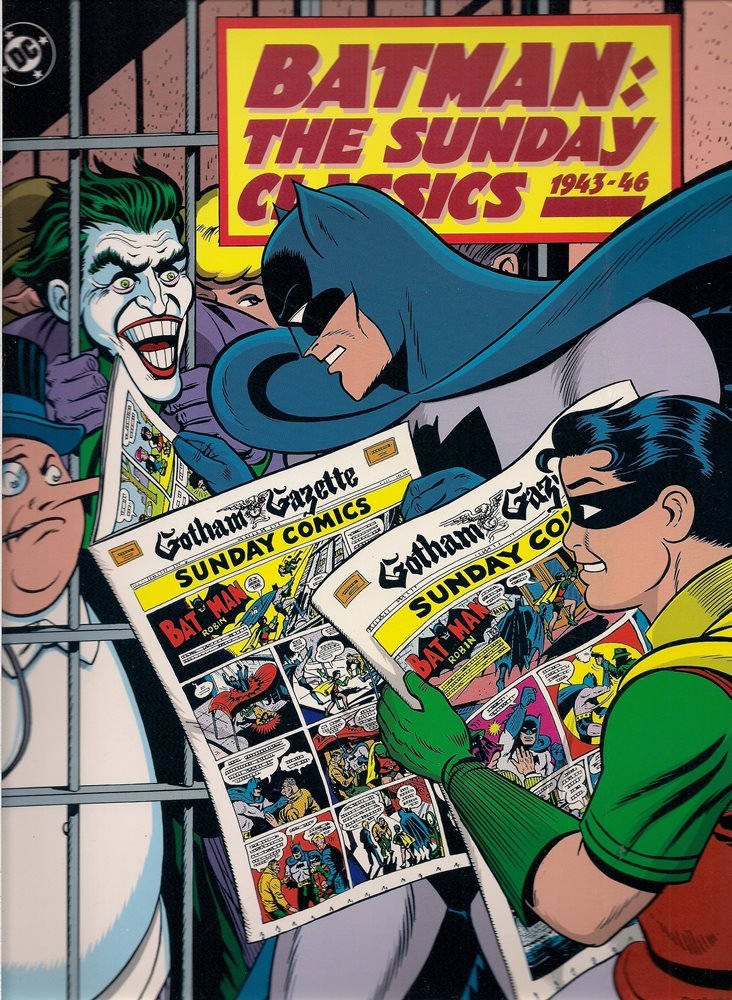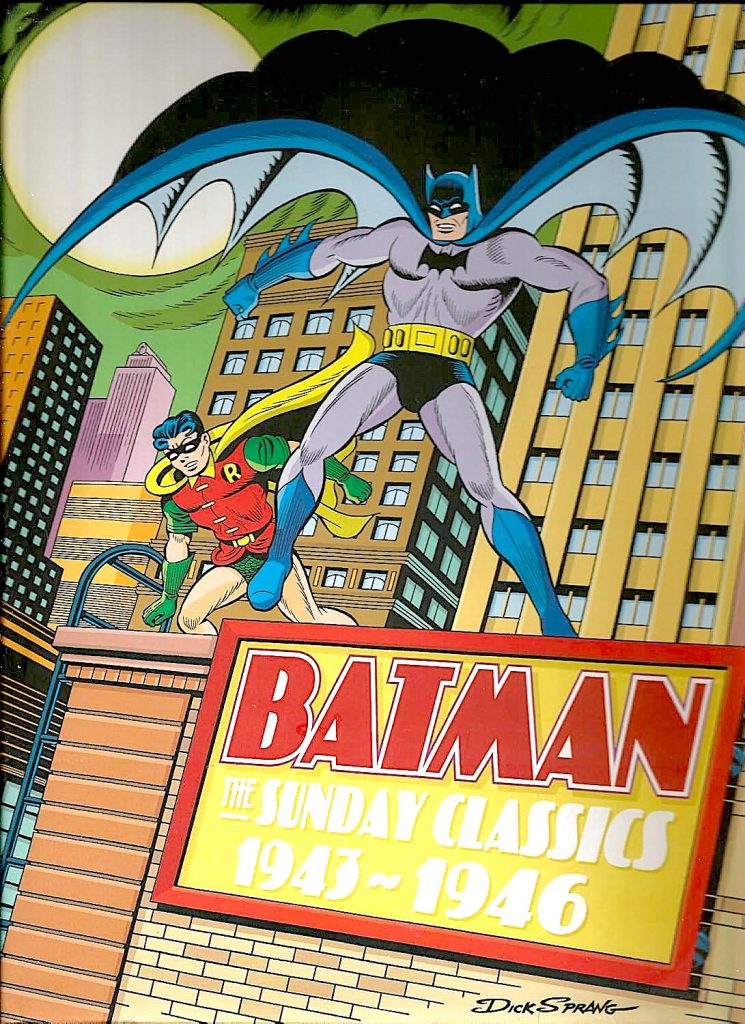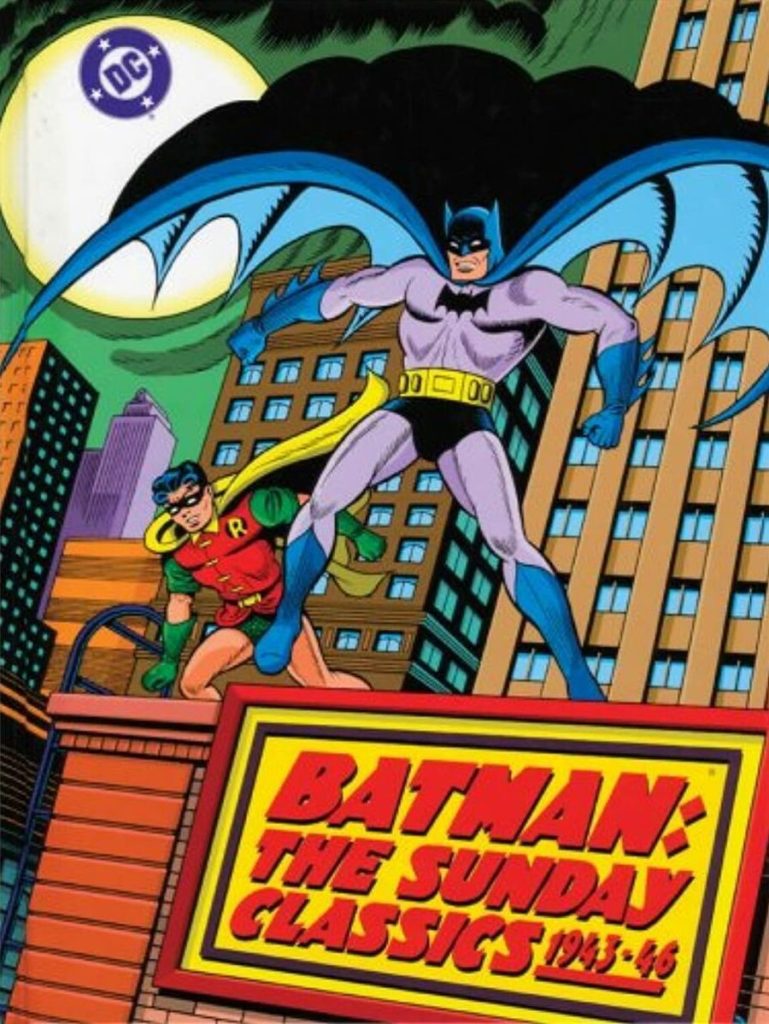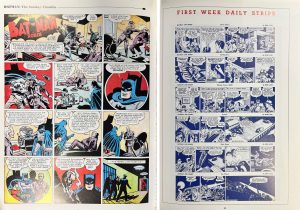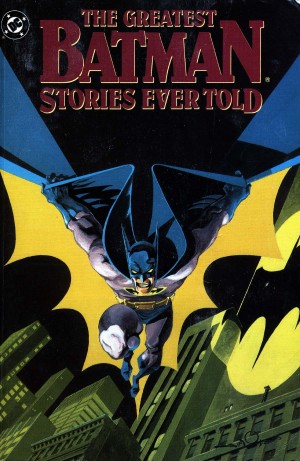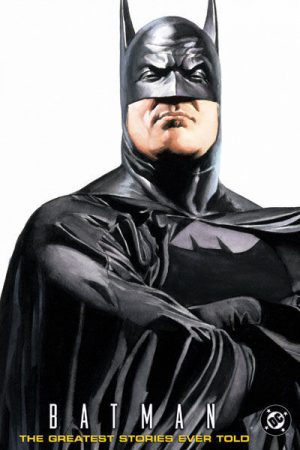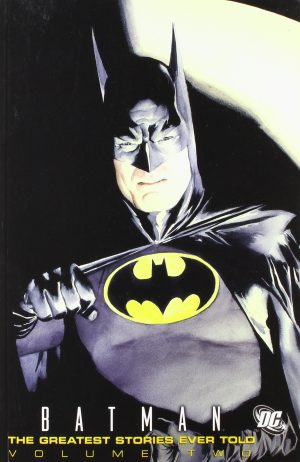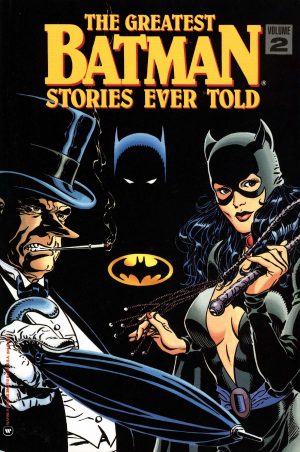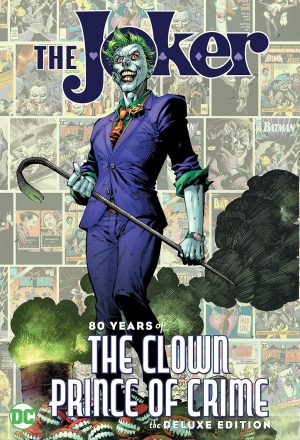Review by Woodrow Phoenix
Batman: The Sunday Classics is an excellent collection of vintage material that for once lives up to its title. At a time when comic strips were still truly a mass medium aimed at adults, getting onto the giant-sized Sunday pages of a national newspaper meant entry into the homes of hundreds of thousands, perhaps even millions of readers if interest was high enough. Accordingly, the publishers of Batman threw everything they had at making their strip a success. This book collects the first four years of Batman and Robin newspaper comics written and illustrated by the strip’s key personnel. Writers Bill Finger, Don Cameron, Joe Samachson, Alvin Schwartz, artists Bob Kane, Jack Burnley, Stan Kaye, Whit Ellsworth, Fred Ray, inkers Win Mortimer and Charles Paris, letterer Ira Schnapp, colourist Raymond Perry and editor Jack Schiff are all profiled at the front of this collection.
The other features putting this strip into context for modern readers include an extensive look at the promotional materials that sold it to newspapers: samples of the first week of dailies; a thorough ’History of the Batman and Robin Sundays’ giving a detailed breakdown of the credits for each story (with anecdotes); a look at some bubblegum cards that use panels from the strips for inspiration; pencils by Jack Burnley for a Sunday page with notes from the artist and a four-page essay by Alvin Schwartz on his scripts with thoughts about how Batman fit into the pop culture of his times.
The stories are five or six weeks in length, and the strips all follow a standard 10/11-panel, four-tier layout allowing for some dense storytelling to be packed into each instalment. There is more dialogue than you’d typically see in DC comics of that period to facilitate the plot-heavy scripts, making the effect of occasional wordless panels more striking. This Batman has more in common with film noir and crime fiction than with the superhero comics of later years and these strips are mostly standard thrillers with the novel addition of the Caped Crusaders. When costumed villains such as the Penguin, the Joker and Catwoman also appear their schemes are robberies or crooked plots, giving a little colour to the drama with no other fantastic elements. Some stories reprinted here would never be acceptable today, such as ‘Death Row’s Innocent Resident’ (strips 32-39, June/July 1944), which starts and ends in the state prison. An inmate tries to convince Batman to investigate his case before he is killed for a crime he did not commit. The final quite chilling panel shows the convicted criminal being led along a corridor toward his horrible death in the waiting electric chair, as Batman observes: “It was the playwright Sophocles who said… ‘A lie never lives to be old.’” Yikes!
A ten-page section at the back of this book includes excerpts from later Batman strips in 1953, 1966, a 1978 excerpt featuring Superman and Wonder Woman from ‘The World’s Greatest Superheroes’, an ‘activity page’ by José Luis García-López and one last 1989 excerpt by Max Allan Collins, Bill Messner-Loebs, Carmine Infantino, Marshall Rogers and John Nyberg. A last page discusses overlaps of influence between bizarre villains in Batman and Dick Tracy.
This book has been republished three times under the same title, with three different cover designs and in hard and softcover versions. The interior contents are the same. These strips only appeared in a few newspapers during wartime and were not seen again afterwards until this reprinting. Batman: The Sunday Classics is worth reading for its meticulous presentation of rare material from a long-gone age.
